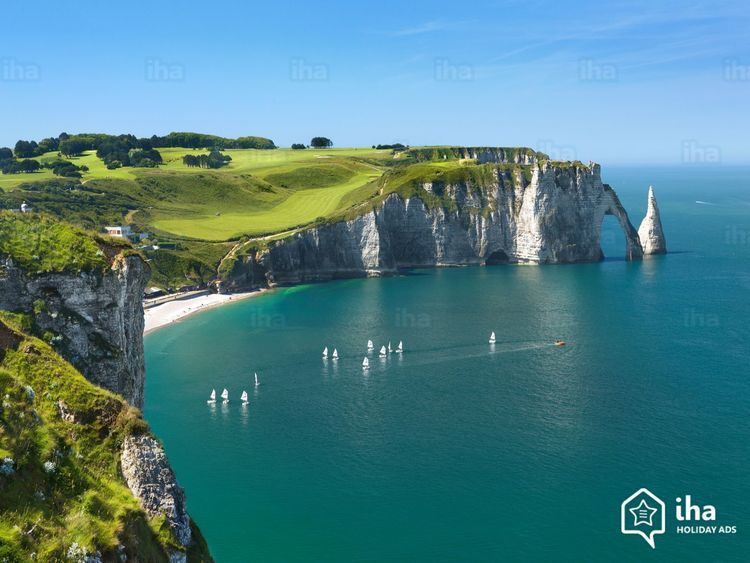Subprefectures DieppeLe Havre Department number 76 Area 6,278 km² Population 1.255 million (2013) | Time zone CET (UTC+1) Arrondissements 3 | |
 | ||
Points of interest Jumièges Abbey, Cleres Zoological Park, Church of St Ouen - Rouen, Rouen Cathedral, Musée des Beaux‑Arts de Rouen Colleges and Universities University of Rouen, NEOMA Business School, École de management de Norma, University of Le Havre, ESIGELEC | ||
Le havre seine maritime haute normandie france 16th september 2014
Seine-Maritime ([sɛn.ma.ʁi.tim]) is a department of France in the Normandy region of northern France. It is situated on the northern coast of France, at the mouth of the Seine, and includes the cities of Rouen and Le Havre. Until 1955 it was named Seine-Inférieure.
Contents
- Le havre seine maritime haute normandie france 16th september 2014
- Map of Seine Maritime France
- History
- Geography
- Administration
- Transport
- Culture
- References
Map of Seine-Maritime, France
History
Geography
The department can be split into three main areas:
Administration
The département was created in 1790 as Seine-Inférieure, one of five departements that replaced the former province of Normandy. In 1800 five arrondissements were created within the département, namely Rouen, Le Havre, Dieppe, Neufchatel and Yvetot, although the latter two were disbanded in 1926. On 18 January 1955 the name of the département was changed to Seine-Maritime, in order to provide a more positive-sounding name and in-keeping with changes made in a number of other French departements.
Transport
In 1843 the railway from Paris reached the region. The département is connected to the adjacent Eure department via the Tancarville and Pont de Normandie bridge crossings of the Seine.
Culture
Madame Bovary by Gustave Flaubert is set in Seine Maritime.
The novel La Place by Annie Ernaux largely takes place in Seine-Maritime and describes events and changes that take place in relation to French society in the 20th century especially in relation to the rural population.
The first story of long-running series Valérian and Laureline is set in Seine-Maritime, with the character Laureline originating from the area.
Cauchois is the dialect of the Pays de Caux, and is one of the most vibrant forms of Norman language beyond Cotentinais
